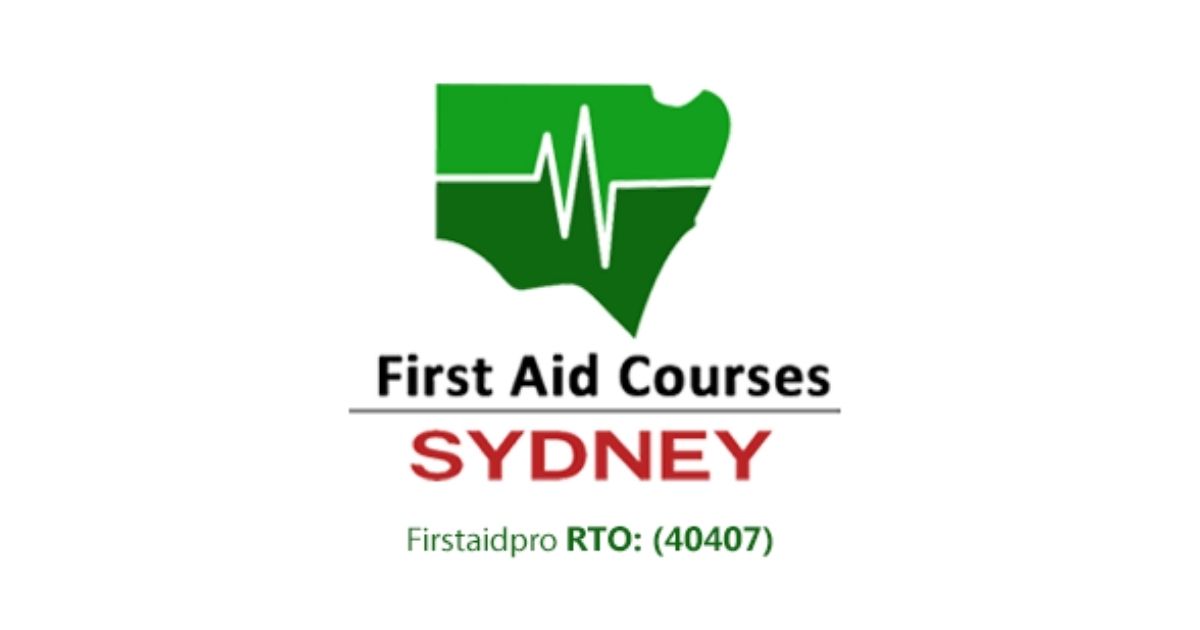New study highlights the ‘alarmingly high’ cases of stroke in Australia in the past year.
Stroke and other cardiovascular diseases have affected 4.2 million Australians, getting the title as the “Australia’s most chronic disease”. It is also the costliest disease to treat. Every year, an estimate of $8.8 billion is spent in healthcare, including 4billion on hospital admissions and 1.65$ billion on pharmaceutical.
Despite stroke being the leading cause of death and disability, the good news is that stroke is also one of the largely preventable conditions.
Stroke Definition
A stroke is serious life-threatening medical condition that occurs when there is a sudden interruption in the blood supply to the brain. Soon, the deprivation of oxygen and nutrients to the brain will result in cell death.
Although stroke is a disease of the brain, it also has an impact to other parts of the body. It can cause cognitive and memory deficits, speech difficulties, daily living problems, and pain.
Stroke can strike at any age. Take care of your body before it’s too late!
Preventing Stroke
There are several major risk factors that can lead to stroke. There are two types of risk factors of stroke: those you cannot control and those you can.
1. Lifestyle risk factors
Your lifestyle choices greatly contribute to your stroke risk factors. If your lifestyle includes use of illicit drugs, smoking, heavy alcohol drinking, being overweight and lack of physical activity, there’s a huge possibility that your risk for stroke is higher.
2. Medical Risk Factors
If you’re currently suffering from high blood pressure, high cholesterol, diabetes and circulation problems — you have increased risk for stroke. All of these conditions are medical risk factors that gives anyone a higher chance of having stroke in the future.
3. Genes and Race Factors
A history of heart disease or stroke in your family can increase your risk of having one. Also, women have higher risk of stroke compared to men. African Americans, Mexican Americans, American Indians, Hawaiians, and some Asian Americans also have a higher risk than other races.
Treating and Beating Stroke
The best way to beat stroke is to minimize the risks factors mentioned above. While some risk factors (genetics, pre-existing medical conditions) can’t be avoided, there are certain lifestyle factors you can start doing to reduce the likelihood of stroke.
- Smoking
If you’re currently a smoker, you should consider quitting that habit. Once you quit smoking, your risk of stroke and heart attack will decrease by 50 percent and it may continue to decrease overtime.
- Healthy Weight
One of the key elements of a healthy lifestyle is the avoidance of excess body weight. Aim for a healthy body by following a diet rich in fruits and vegetable, with limited salt intake.
- Active Lifestyle
Low and moderate-intensity activities, such as walking or cycling, can significantly reduce the risk of stroke.
- Stroke First Aid
First Aid intervention for stroke casualties is very important as there is clear evidence that early treatment of stroke can cause less brain damage. Speedy intervention can increase the person’s chance of survival and reduce the risk of long-term disability.
If you had a stroke, it is important to follow your doctor’s direction for a healthy diet, exercise, medication and controlling risk factors.
As a nation, we could take a huge step in becoming a stroke-ready country by adapting healthy lifestyle changes and learning first aid for stroke.
Book a first aid course for stroke here or call 08 7120 2570 for more information.







